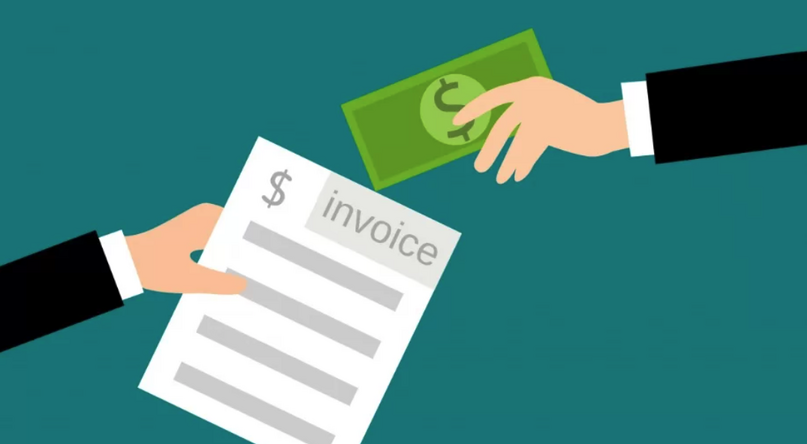
Good AR Starts with a Good Invoice
Nov 16, 2020
A customer is much more likely to pay an invoice that is clear, accurate and timely. Some customers will jump at the chance to delay or dispute paying what they know to be a valid invoice that is ambiguous or missing critical information. A book could be written about all the factors that have to come together across the many departments of a large organization to issue the “perfect” invoice, but for most common situations, an invoice should include the following information:
- Quantity, unit and extended pricing, including all valid discounts
- Valid contractual adjustments, such as damage allowances or volume discounts
- Sales tax as appropriate
- Freight charges
- Invoice date that ties to the customer’s terms
- Payment terms including an explicit invoice due date
- If cash discounts are offered, an explicit discount due date
- A clear product number and/or UPC (if applicable) and description of the product or service invoiced that ties back to the customer’s order
In most cases the above items are straightforward, but not always. Some customers negotiate, or insist on, ROG (receipt of goods) terms. So, calculating the invoice due date may not be possible when the invoice is generated. I’ll write a separate blog on this subject in the next few weeks.
Having all this information on the invoice correctly is a big help, but still doesn’t preclude disputes. The customer’s purchasing department may not always update their AP system in a timely manner. In addition to accurate invoices, it’s essential that collectors and dispute specialists have access to current and historical pricing, and contractual terms and promo agreements, so any disputes in these areas can be quickly identified and put to bed before they snowball into substantial dollars.

